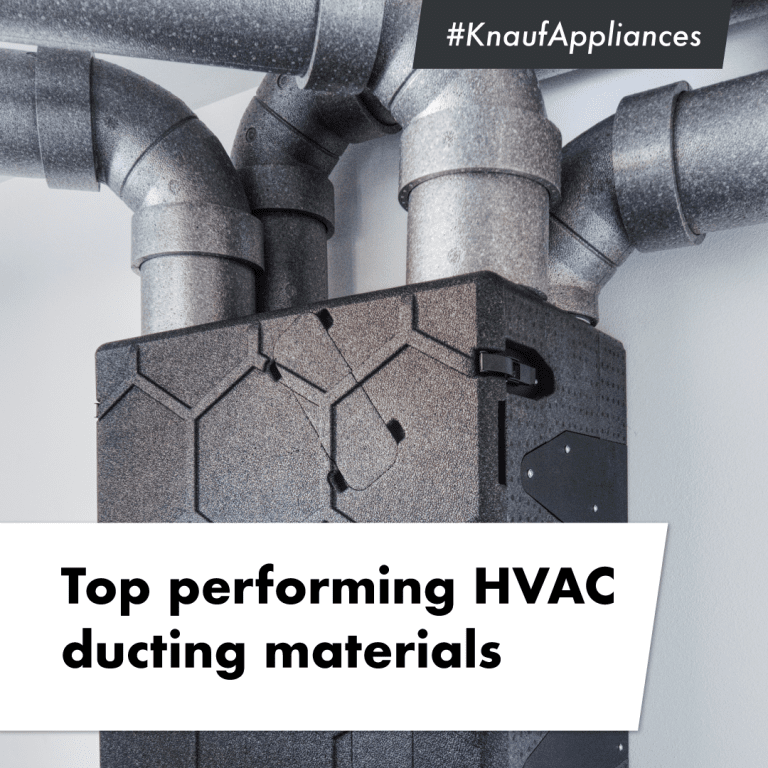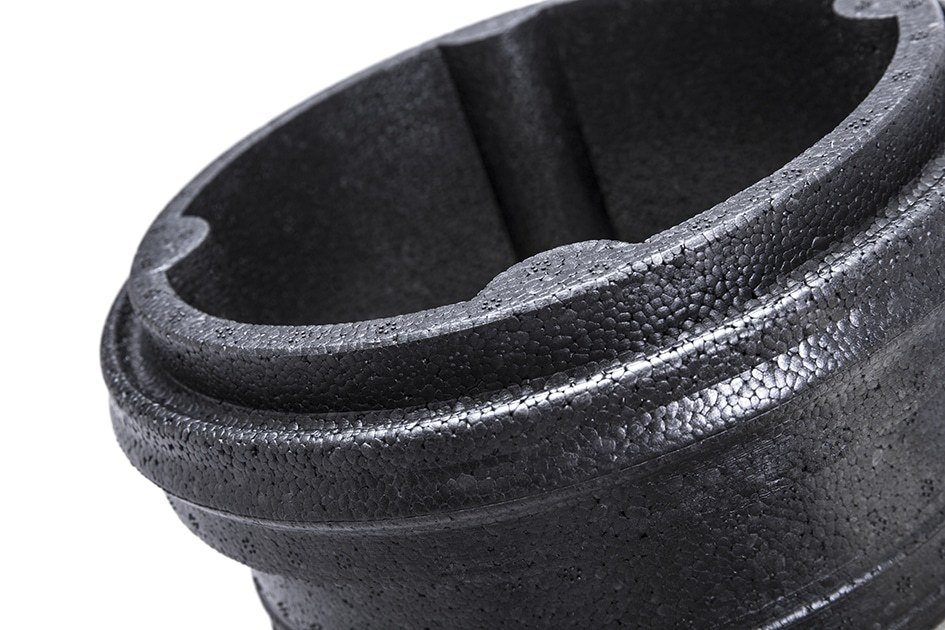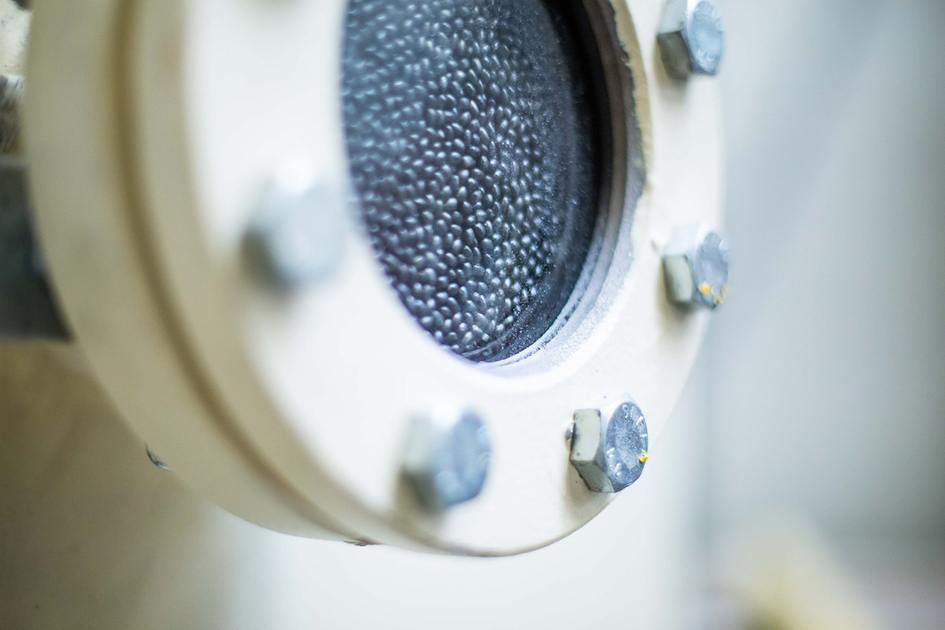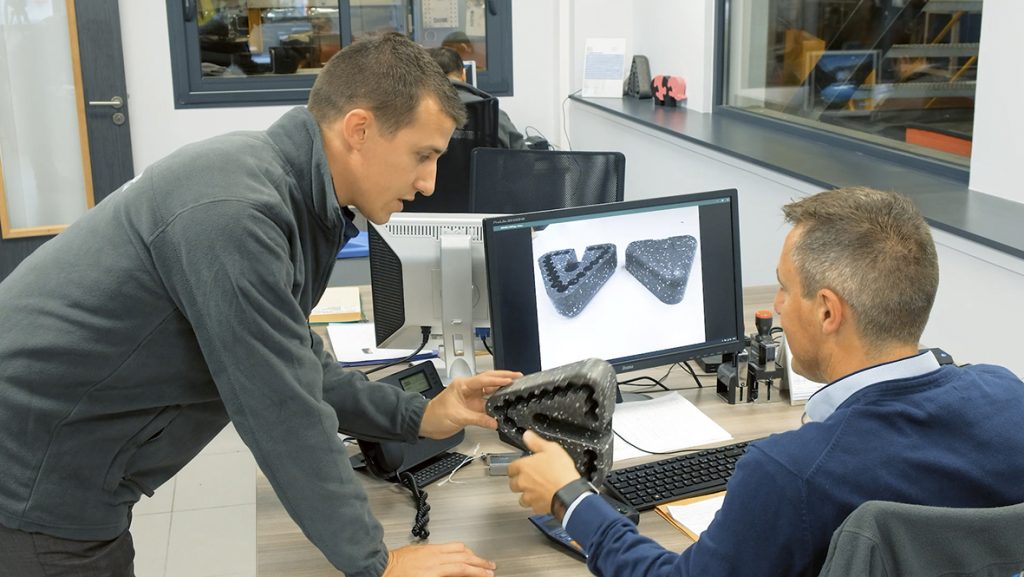Why is ducting important in HVAC?
Air ducts are a key element of HVAC systems, as they are the equipment through which the air moves. Therefore, ensuring that they are regularly serviced and maintained in a good condition is a must.
HVAC ducting delivers either warm or cool air and facilitates the ventilation of the space, thereby they play an important role in creating a comfortable environment. Another function is to balance the return of airflow, guaranteeing that it is evenly distributed within the room and keeping the supply registers and the air handler discrepancies.
Duct systems also prevent air contamination and ensure a proper atmosphere by filtering the exterior air and removing dust, dirt, pollen and other contaminants that can cause allergies or health problems.
For all of the above, failure to properly maintain system ducts can be a source of energy loss and air leaks, resulting in higher bills and a higher carbon footprint. Furthermore, it also can cause discomfort and lead to a contaminated atmosphere due to the poor indoor air quality.
Which are the top performing materials for HVAC ductwork?
Sheet metal ducts
It is the most common kind of air duct and normally they are made of galvanized steel or aluminum. One advantage of the latter is its lightweight compared to other air ducts materials. They can admit a variety of shapes: round, rectangular, or in the form of a spiral oval.
In general, this metal sheet is thick enough to resist someone stepping on it without getting crushed. That is why these types of ducts are also the most durable among all types of air ducts construction. Nonetheless, they have one major disadvantage: as they are non-porous surfaces, molds can stick on them.
Fiberglass ducts
Fiberglass is one of the materials par excellence in the HVAC industry, as it is both versatile and non-expensive. Lined ducts either have internal or external fiberglass lining. It is normally found in commercial buildings, but also in small offices because it helps avoid condensation and dampen the air conditioner’s sound nuisances thanks to its great thermal and sound insulating properties.
However, using fiberglass lined air ducts has two main disadvantages: short-term deterioration and dangerous release of fiberglass, which can be a potential threat to health.
Fiberboard ducts
Fiberboard ducts are made of resin combined with inorganic glass fibers that act as air barrier and water vapor retarder. In this way, its interior is perfectly sealed to prevent outside stale air from entering the air stream.
Fiberboard has very good thermal insulation properties and is also usually the most inexpensive air duct system to install. Even so, it is not recommended for ventilation systems because molds can easily stick to it, which can affect the quality of the airflow.
Flexible ducts
Flexible ducts are the most popular type of duct, as they are easy to install and inexpensive. That explains why they are massively used at homes. Typically, they are made of spring steel wire helix and polymer plastic.
Other advantages are that they provide good air quality and that they are resistant to bacteria and mold. However, they are not the best option to promote air circulation, as they tend to restrict airflow.
Others
There are other types of ducts that, for some reasons, are not as common as the previously listed ones. For instance, pre-insulated ducts, that are made of either polyurethane (PU) or polyisocyanurate (PIR) material, but their adoption rate is slow due to high costs; or fire-rated ducts, that are used for the smoke spill and pressurization system in HVAC, as they are able to withstand fire for at least 2 hours.
Knauf’s offer on HVAC: ducting and more
Knauf Industries has been a well-known player in the HVAC market for over 10 years, handling the design, development and industrial production of plastic technical and protective items.
Plastic ducting
Even if HVAC ducting has traditionally been made of sheet metal or fiberglass, new actors are coming to play in the market, plastic being one of the most recent ones. Plastic ducting stands out as one of the most efficient HVAC ducting structures in the sector nowadays.
Typically made of PVC or, more recently, EPP, plastic ducting is manufactured by pouring plastic foam into pre-fabricated molds which can be rectangular or round. These materials’ high energy efficiency converts plastic ducting in an economical system in the medium and long term, considering the structure’s full life cycle.
Among its benefits, special mention should be done to:
- Thermal insulation
- Energy efficiency.
- Easy installation.
- Airtightness and leaking prevention
- Lightweight.
- Versatility.
- Molding prevention.
HVAC insulation
HVAC systems directly control your heating and air conditioning, that is why proper insulation surely pays off. At Knauf Industries we have at your disposal a broad variety of HVAC insulation solutions devoted to improving temperature control, absorbing operational noise and preventing energy losses.
Particularly, we have developed expertise in the following technologies:
- Moulding and cutting of EPP (Expanded polypropylene), airpop® (EPS), graphite-coated material, EPE (Expanded polyethylene).
- PP, PS, ABS, PC plastic injection.
- PU, PE foam cutting.
For technical items or packaging, we also assist customers throughout their project both in the creation phase with our ID Lab (design office, laboratory, prototyping center) and in the industrial serial production phase in one of our 40 factories.
In this regard, our top concerns are:
- Efficiency.
- Process optimization.
- Freedom of design.
- Comfort.
- Aesthetic.




